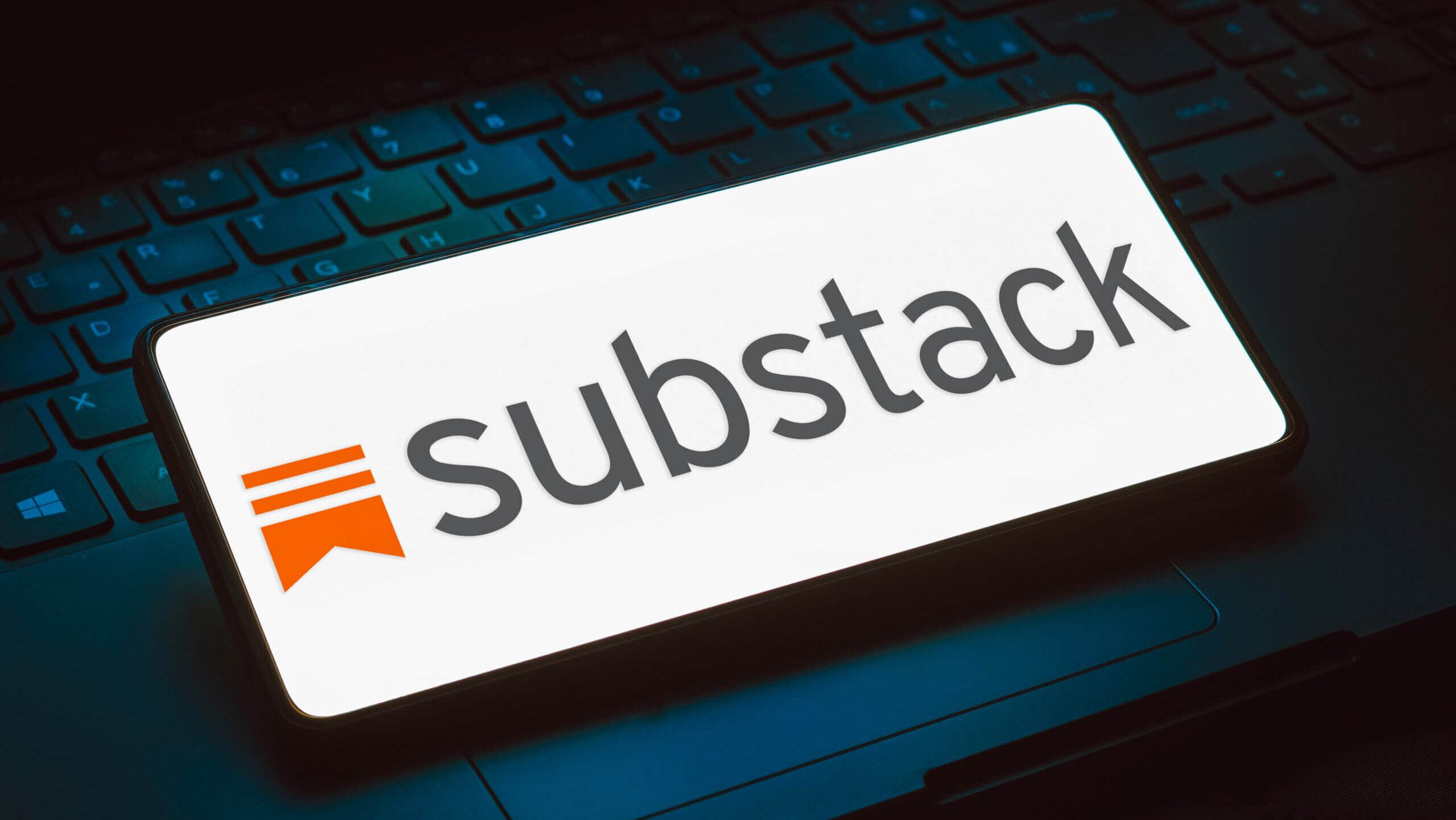Is Substack the Right Platform for Authors? Pros, Cons, and Best Practices

In recent years, Substack has become a buzzword in publishing and author communities. Known primarily for its newsletter-based platform, Substack gives authors a direct way to reach readers without relying on social media algorithms. But is it the right tool for your author platform? Below, we’ll break down the pros and cons, and share best practices including how integrating YouTube can take your Substack strategy to the next level.
The Pros of Substack for Authors
Direct-to-Reader Connection
Unlike social media platforms where posts can get lost in ever-changing algorithms, Substack emails land directly in a reader’s inbox. This helps authors build a more personal, lasting relationship with their audience.
Built-In Monetization Options
Substack allows you to create paid newsletters or offer subscription tiers. For authors, this means an additional income stream, whether it’s early chapters, exclusive essays, or behind-the-scenes content.
Easy to Use, No Tech Headaches
The platform is designed to be user-friendly. You don’t need a web developer or designer to set up your newsletter, and publishing is as simple as writing an email.
Discovery Potential
Substack offers a built-in recommendation network. If your content resonates, other writers can recommend your newsletter to their subscribers, helping you grow organically.
Great for Building a Loyal Community
Since subscribers opt in, your list is composed of readers who genuinely want to hear from you. This often leads to higher engagement and stronger bonds between authors and readers.
The Cons of Substack for Authors
It’s Still Email-Centric
While Substack has a blog-style web archive, its main strength is email. If your readers aren’t big on newsletters, you may find growth slower than on more visual platforms like Instagram or TikTok.
Limited Design Customization
Substack doesn’t allow much creative flexibility. If you’re looking for highly branded newsletters with custom design, you may feel constrained.
Monetization Takes Time
Although you can add a paywall, most subscribers expect free content initially. Building trust before charging can take several months or even years.
Reliance on Self-Promotion
Substack doesn’t have a massive discovery engine like YouTube or TikTok. To grow, you’ll need to actively promote your newsletter on social media, podcasts, or through collaborations.
Data and Integration Limitations
Compared to email marketing platforms like Mailchimp or ConvertKit, Substack’s analytics and integration options are limited.
Best Practices for Authors on Substack
Define Your Content Strategy
Decide early what your Substack will offer. Some options include behind-the-scenes looks at your writing process, short stories or serialized chapters, personal essays, or book reviews and recommendations.
Stay Consistent
Whether you publish weekly, biweekly, or monthly, be sure to stick to your schedule. Consistency builds trust and anticipation among readers.
Offer Value Before Asking for Paid Subscriptions
Provide free, high-quality content first. Once you’ve built an engaged audience, you can introduce exclusive paid content such as bonus chapters, author Q&As, or early access.
Integrate Multimedia for Engagement
Adding visuals, links, or video content makes your newsletters more engaging. This is where YouTube can give you an edge.
Leveraging YouTube with Substack
Embed YouTube Videos into Your Newsletters
Substack makes it easy to drop YouTube links directly into posts, which automatically generate embedded video players. This allows you to share book trailers, author interviews, or reading excerpts.
Drive Traffic Between Platforms
End your YouTube videos with a call to action inviting viewers to subscribe to your Substack for exclusive content. Similarly, use your Substack to promote your YouTube channel, giving readers another way to connect with you.
Repurpose Content
Film a YouTube video, such as a “day in the life of an author,” then repurpose the transcript or key takeaways into a Substack post. This maximizes the value of each piece of content you create.
Engage with Different Audiences
Some fans prefer watching videos while others enjoy reading. By using both platforms, you cater to different learning and engagement styles, broadening your reach.
Substack is not a one-size-fits-all solution, but it is a powerful tool for authors seeking direct, personal connections with readers. If paired with a clear strategy and supported by cross-platform promotion, especially with YouTube, it can become a cornerstone of your author platform.
If you’re ready to take the leap, you should start small, stay consistent, and don’t be afraid to experiment with video integration to bring your stories to life.
